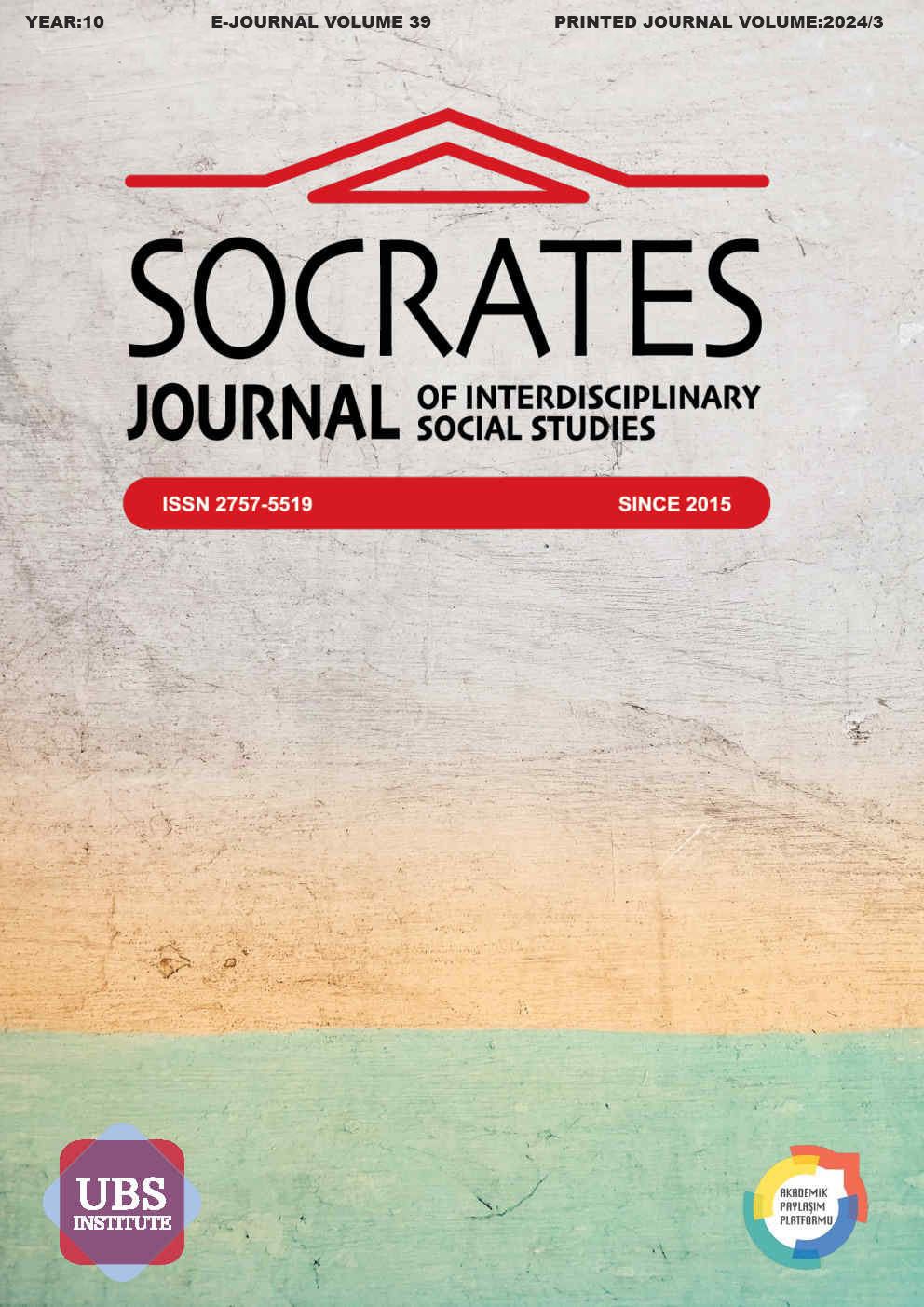LİTYUM İYON BATARYALARDA GÜVENLİK: TERMAL KAÇAK VE OLAY SONRASI MÜDAHALE STRATEJİLERİ
Lityum İyon Bataryalarda Güvenlik
Anahtar Kelimeler:
Acil Durum, Batarya Yangını, Lityum İyon Batarya, Termal KaçakÖzet
Makale, şarj edilebilir bataryaların çeşitli depolama uygulamaları için en verimli ve uygulanabilir çözümler olduğunu belirtmektedir. Lityum İyon Bataryaların (LİB) taşınabilir elektronik cihazlar için yaygın olarak kullanıldığı ve aynı zamanda hibrit, şarj edilebilir hibrit veya tamamen elektrikli araçlar için de ana teknoloji olduğu vurgulanmıştır. LİB'lerin enerji ve güç yoğunluğu avantajlarına rağmen, yanıcı elektrolite sahip olmaları ve belirli çalışma koşulları dışında termal olarak kararlı olmamaları gibi güvenlik dezavantajları bulunduğu belirtilmiştir. Özellikle, uçak ve otomobil gibi sınırlı alanlardaki önemli olaylar, LİB'lerle ilişkilendirilen potansiyel sorunların farkındalığını artırmıştır. Makale ayrıca, termal kaçak ve yangın olaylarını içeren bir dizi olayın rapor edildiği belirtilmiştir.
LİB'lerin güvenli kullanımı için bazı tavsiyelerin bulunduğu belirtilmiştir. Bu tavsiyeler arasında doğru şarj ve deşarj, kötüye kullanımdan kaçınma, kaliteli malzeme ve üretim, iyi havalandırma ve eğitim ve bilinçlendirme yer almaktadır. Ayrıca, termal kaçakları önlemek için kullanılabilecek çeşitli yöntemler ve teknolojiler hakkında da bilgi verilmiştir. Bu yöntemler arasında Batarya Yönetim Sistemi (BYS), Katı Elektrolit Arayüzü, Kimyasal Katkı Maddeleri ve Fiziksel Güvenlik Sistemleri bulunmaktadır.
Makalenin son bölümünde, termal kaçak sonrası olaylara müdahale yöntemlerine değinilmiştir. Bu müdahaleler arasında yangın söndürme sistemlerinin etkin kullanımı, tehlikeli bölgelerin tahliyesi, profesyonel acil durum ekiplerinin olay yerine intikali ve hasarın detaylı bir şekilde değerlendirilmesi yer almaktadır. Bu müdahalelerin, belirlenen güvenlik protokollerine uygun olarak eğitilmiş personel tarafından koordineli bir şekilde gerçekleştirilmesi gerektiği vurgulanmıştır.
Referanslar
Andersson, P., Arvidson, M., Evegren, F., Jandali, M., Larsson, F., & Rosengren, M. (2018). Lion Fire: Extinguishment and mitigation of fires in Li-ion batteries at sea. RISE Report. https://www.diva-portal.org/smash/get/diva2:1700692/FULLTEXT01.pdf adresinden alındı
Andersson, P., Wikman, J., Arvidson, M., Larsson, F., & Willstrand, O. (2017). Safe introduction of battery propulsion at sea. RISE Research Institutes of Sweden(34), 59. http://www.diva-portal.org/smash/get/diva2:1118026/FULLTEXT01.pdf adresinden alındı
Baba, Y., Okada, S., & Yamaki, J.-i. (2002). Thermal stability of Li x CoO 2 cathode for lithium ion battery. Solid State Ionics, 148(3), 311-316. doi:10.1016/S0167-2738(02)00067-X
Balbuena, P., & Wang, Y. (2004). Lithium-ion batteries: solid-electrolyte interphase. World Scientific.
Bulut, E. (2022). Elektrikli Araçlarda Batarya Termal Yönetim Sistemlerinin Optimum Tasarımı. Bursa: Doktora Tezi: Bursa Uludağ Üniversitesi.
Dagger, T., R. Rad, B., M. Schappacher, F., & Winter, M. (2018). Comparative Performance Evaluation of Flame Retardant Additives for Lithium Ion Batteries – I. Safety, Chemical and Electrochemical Stabilities. Energy Technology, 6(10), 2011-2022. doi:10.1002/ente.201800132
Enerjim Güneş. (2023, Ocak 28). Enerjim Güneş. Batarya Yönetim Sistemi (BMS) Nedir?: https://www.enerjimgunes.com/batarya-yonetim-sistemi-bms-nedir#:~:text=Batarya%20Y%C3%B6netim%20Sistemi%20(%20BMS)%20%2C,ak%C4%B1m%20ve%20s%C4%B1cakl%C4%B1k%20aral%C4%B1%C4%9F%C4%B1%20vard%C4%B1r. adresinden alındı
Ghiji, M., Novozhilov, V., Moinuddin, H., Joseph, P., Suendermann, B., & Gamble, G. (2020). A Review of Lithium-Ion Battery Fire Suppression. Energies, 13(19). doi:10.3390/en13195117
Özgür, M. (2024, Mart 14). Deniz Postası. Kayseri'de Yanan Elektrikli Aracın Sürücüsü Öldü: https://www.denizpostasi.com/kayseride-yanan-elektrikli-aracin-surucusu-oldu adresinden alındı
Russoa, P., Barib, C., Mazzaroc, M., Rosac, A., & Morriellod, I. (2018). Effective Fire Extinguishing Systems for Lithium-ion Battery. CHEMICAL ENGINEERING TRANSACTIONS, 67, 727-732. doi:10.3303/CET1867122
Tran, M.-K., Mevawalla, A., Aziz, A., Panchal, S., Xie, Y., & Fowler, M. (2022). A Review of Lithium-Ion Battery Thermal Runaway Modeling and Diagnosis Approaches. Processes, 10(6), 1192. doi:10.3390/pr10061192
TRT. (2023, Ekim 6). TRT. Sevkiyat aşamasındaki 6 elektrikli otomobil yandı: https://www.trthaber.com/haber/turkiye/sevkiyat-asamasindaki-6-elektrikli-otomobil-yandi-801041.html adresinden alındı
Wang, Q., Sun, J., & Chu, G. (2005). Lithium ion battery fire and explosion. Fire Safety Science, 8, 375-382. https://publications.iafss.org/publications/fss/8/375/view/1000 adresinden alındı
Zhenghai, L., Shen, Z., Kang, L., Guoqiang, Z., & Thomas G., H. (2019). A survey of methods for monitoring and detecting thermal runaway of lithium-ion batteries. Journal of Power Sources. doi: 10.1016/j.jpowsour.2019.226879
İndir
Yayınlanmış
Nasıl Atıf Yapılır
Sayı
Bölüm
Lisans
Telif Hakkı (c) 2024 Socrates Journal of Interdisciplinary Social Studies

Bu çalışma Creative Commons Attribution 4.0 International License ile lisanslanmıştır.


